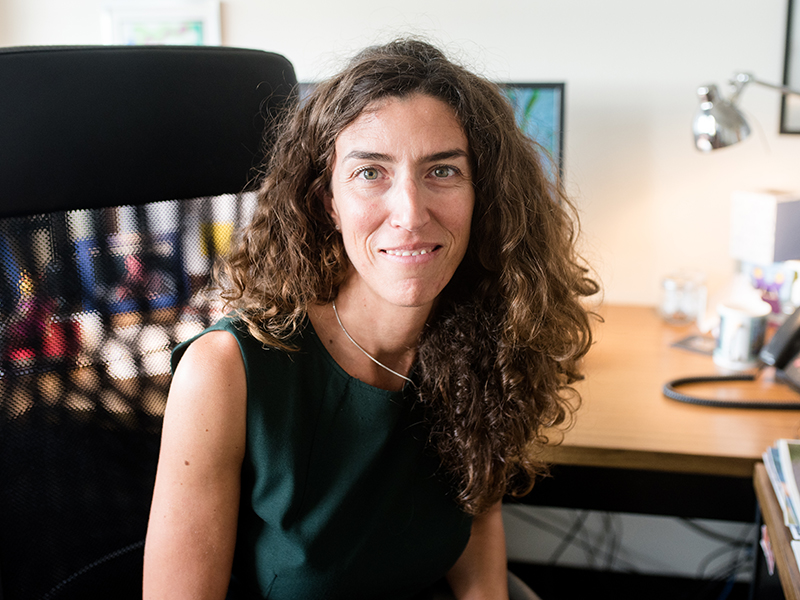Faculty Commentary: Humans Want Stable Landscapes; But Rivers Need to Move
River deltas change over time, and the freedom to shift river location is important to maintaining a healthy ecosystem.
However, humans are used to the stability of fixed infrastructure, so they struggle to deal with dynamic landforms like river deltas. And we tend to conflate river deltas that are changing with degradation, when in fact it is the opposite. Rivers changing course and evolving over time are a good sign for the delta and the environment around it.

Paola Passalacqua, associate professor in the Cockrell School of Engineering’s Department of Civil, Architectural and Environmental Engineering
In a new commentary published in Earth’s Future, a national team of experts examines the ongoing conflict between stability and sustainability in heavily populated river deltas, such as the Ganges-Brahmaputra-Meghna in India/Bangladesh and the Mississippi in the U.S., between balancing the needs of the river itself and the people living and working near it.
“People living on deltas relate to the landscape in how it changes over decades and close to their homes, and at these scales, they want a stable landscape that does not flood or vanish into the sea,” said Paola Passalacqua, an associate professor in the Cockrell School’s Department of Civil, Architectural and Environmental Engineering who led the paper. “But forcing the landscape to be stable at these scales affects the sustainability of the delta at larger scales.”
Using the Ganges-Brahmaputra-Meghna as an example, the researchers noted that aggressive measures to stabilize the area, such as adding levees and dams, hurt the delta and led to land loss and other issues.
The researchers advocate for the development of remote sensing and modeling approaches to quantify rates of change of rivers in populated river deltas and integrating that information into delta management plans to strike a balance between stabilizing the land to protect populations and ensuring rivers remain healthy.

Map of the Ganges-Brahmaputra-Meghna Delta and areas of decline and construction based on Wilson and Goodbred (2015). The map also shows the approximate tidal and backwater extent (Perignon et al., 2020) and the topographic slope break (Wilson & Goodbred, 2015). The background image is a 2020 Landsat 8 composite image.
This commentary is part of a yearslong project to study river deltas, which are so important to the planet and society’s health, with hundreds of millions of people living in these areas. These areas are key for protecting coastlines from land loss and act as a buffer from hurricanes, floods and other dangerous storms.
Joining Passalacqua in the commentary are Liviu Giosan, an associate scientist at Woods Hole Oceanographic Institution who focuses on the interactions between humans, landscape and climate; Steven Goodbred, a professor in Vanderbilt University’s Department of Earth and Environmental Sciences focused on marine and delta processes; and Irina Overeem, an associate professor of geological sciences at University of Colorado Boulder and deputy director of the Institute of Arctic and Alpine Research.
In addition to this commentary, a member of Passalacqua’s lab, Andrew Moodie, recently published a study that uses an economic model to find a balance between preventative measures to protect people from floods and natural solutions to give rivers the ability to change course as needed.
Passalacqua, whose name actually translates to “the water passes,” focuses on how landscapes change over time and their interactions with climate and ecosystems, with an emphasis on river deltas, watersheds and urban environments. Her PassaH2O Group uses remote sensing technology, numerical modeling, statistical analysis and field work to improve predictions of the response of the earth’s surface to disturbance and change and develop sustainable management solutions.
